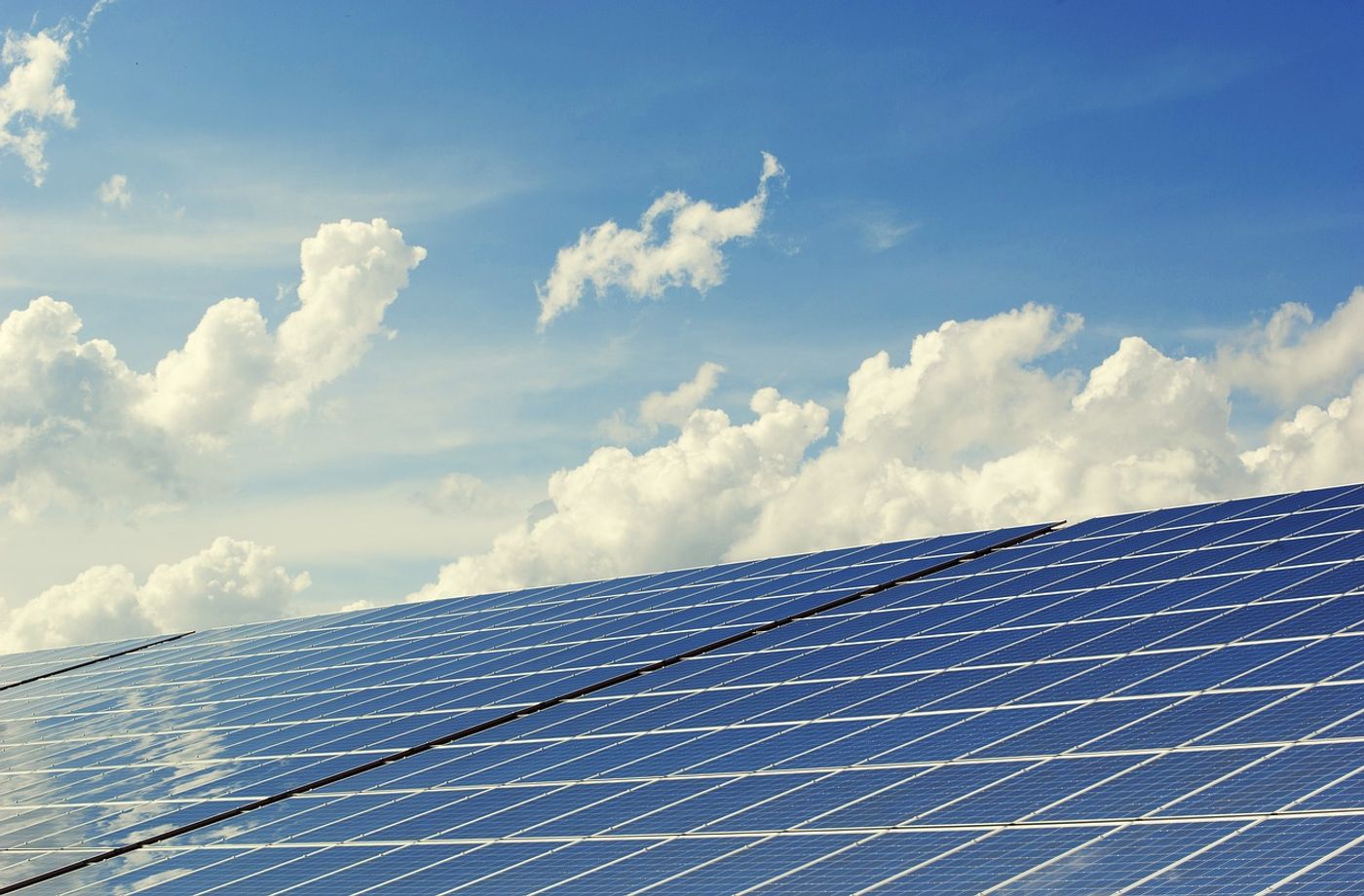Scientists Develop Perovskite Solar Cell That Has Greater Efficiency & Stability
In a recent study published in Nature, a team of researchers led by the National Renewable Energy Laboratory (NREL) in Boulder, Colorado demonstrates a “technological breakthrough” by developing a perovskite solar cell capable of being both highly stable and highly efficient. This study holds the potential to expand solar energy by creating better solar cells than what are in use today and was carried out through collaboration with scientists from the University of Colorado-Boulder, the University of California-San Diego, and the University of Toledo.
"Some people can demonstrate perovskites with high stability, but efficiency is lower," said Dr. Kai Zhu, a senior scientist in the Chemistry and Nanoscience Center at NREL, and a co-author on the study. "You ought to have high efficiency and high stability simultaneously. That's challenging."
Traditional architecture for solar cells calls for depositing layers in a certain manner on the glass substrate. But the researchers decided to invert this method while adding a new molecule, 3-(Aminomethyl) pyridine (3-APy), to the perovskite’s surface. The resulting reaction from this new molecule interacting with the formamidinium within the perovskite produced an electric field on the perovskite’s surface.
"That suddenly gave us a huge boost of not only efficiency but also stability," Zhu said.
The study reports that the 3-APy reaction can improve an inverted cell’s efficiency from less than 23% to greater than 25%, while also stating their method enhances the inverted solar cells "to new state-of-the-art levels of efficiency and operational reliability."
Sources: Nature
As always, keep doing science & keep looking up!









